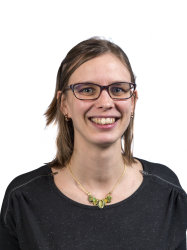BibTex format
@article{Esposito:2018:10.1074/jbc.RA118.001796,
author = {Esposito, D and Günster, RA and Martino, L and El, Omari K and Wagner, A and Thurston, TLM and Rittinger, K},
doi = {10.1074/jbc.RA118.001796},
journal = {Journal of Biological Chemistry},
pages = {5064--5078},
title = {Structural basis for the glycosyltransferase activity of the Salmonella effector SseK3},
url = {http://dx.doi.org/10.1074/jbc.RA118.001796},
volume = {293},
year = {2018}
}

